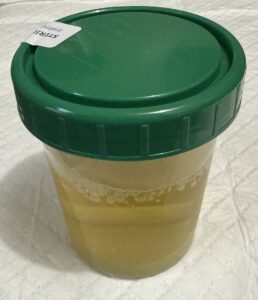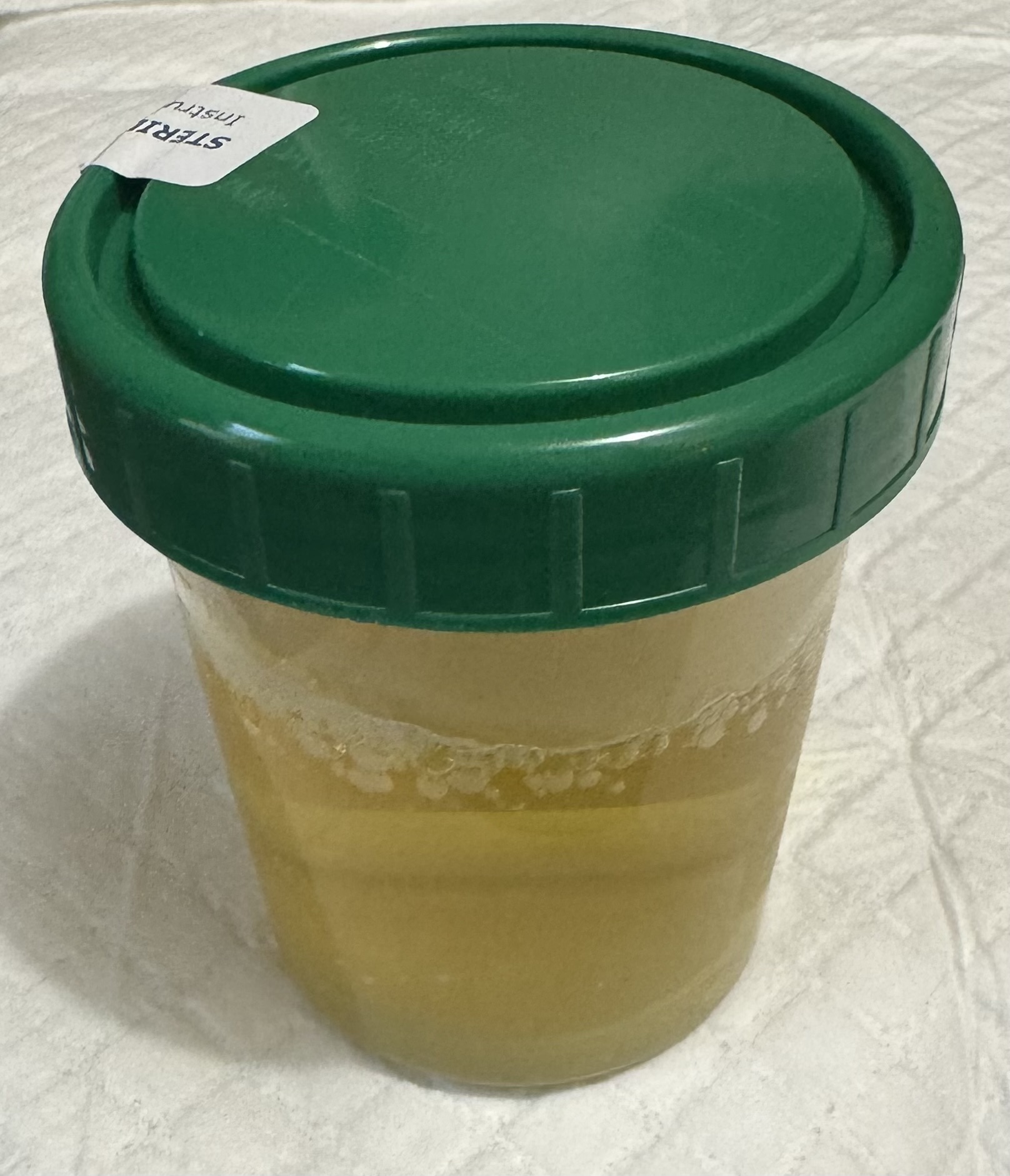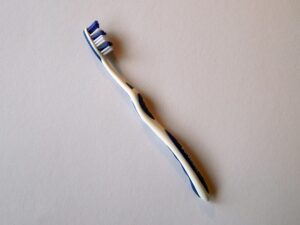Drug testing is a standard procedure in workplaces, legal settings, and athletic competitions to detect the presence of illicit substances. As testing has become more sophisticated, individuals seeking to avoid detection have developed various methods for cheating drug tests. While some of the methods may seem effective, laboratories are continuously developing ways to catch cheaters and avoid deception. Let’s explore the most common ways people attempt to cheat drug tests, the science behind the tactics, and why they don’t work.

1. Urine Sample Dilution
Urine sample dilution is one of the most widely used methods to cheat drug tests. The goal is to reduce the concentration of drugs or their metabolites in urine to undetectable levels.
How It Works
- Consuming large amounts of water before a test can increase urine output and reduce drug metabolite concentrations.
- Using diuretics such as caffeine, cranberry juice, or over-the-counter diuretic pills can speed up the elimination of urine.
- Some individuals take creatine supplements and B-vitamins to maintain normal creatinine levels and urine color, making dilution harder to detect.
Why It Fails
Laboratories counter this method by testing for creatinine levels, urine specific gravity, and color abnormalities. If a sample is excessively diluted, it may be rejected, and the test taker may have to submit another sample under more controlled conditions (NIH).
2. Adulteration with Household Chemicals
Some individuals attempt to alter their urine sample by adding substances that interfere with drug detection.
Common Adulterants
- Vinegar or Lemon Juice: These acidic substances may break down some drug metabolites.
- Bleach or Ammonia: Strong oxidizers that can potentially destroy drug residues.
- Detergents or Soap: Used in an attempt to mask drug presence.
- Salt or Eye Drops: These may alter the chemical composition of the urine sample.
Why It Fails
Advanced drug testing procedures can detect the presence of foreign substances. Laboratories also test for pH balance, specific gravity, and foaming properties, all of which can indicate adulteration (NIH).
3. Substitution of Urine Samples
Substituting a drug-positive urine sample with a clean one is another method used to cheat tests.
How It Works
- Using synthetic urine, which mimics the chemical composition of real urine. Using prosthetic devices like the fake penis “Whizzinator” can facilitate this process. It comes in various shades of color in order to blend in with various ethnic groups and avoid detection.
- Substituting with another person’s urine, often from a friend or a commercially available source.
Challenges and Detection
- Many testing facilities measure sample temperature, which must fall within a specific range (90–100°F). Synthetic and substituted urine usually falls closer to the cold end since it hasn’t been held in the bladder recently. A strip on the urine cup is usually what helps determine the temperature range of a specimen.
- Some tests include direct observation procedures to prevent substitution by visualizing the urine stream from source to cup. The military is the best known for this technique as they directly observe 100% of collections.
- Advanced analysis techniques can detect abnormalities in synthetic urine (NIH).
4. Detoxification Products
There are numerous detox products on the market that claim to flush drugs out of the system.
Types of Detox Products
- Detox Drinks: Some drinks contain herbal extracts, creatine and vitamins that claim to cleanse the body.
- Detox Pills: These often contain diuretics and other substances like milk thistle which is believed to accelerate drug elimination.
- Activated Charcoal: Used in medical settings to treat poison ingestion, some believe it binds to drug metabolites and aids in their excretion.
Why It Fails
There is limited scientific evidence supporting the effectiveness of detox drinks or pills in eliminating drug traces. Additionally, some detox regimens like high doses of over-the-counter Vitamin B3 may cause adverse health effects, such as niacin toxicity (NIH).
5. Hair Sample Manipulation
Hair drug testing can detect drug use over a longer period (up to 90 days). Some individuals attempt to cheat this test by altering their hair.
Common Methods
- Bleaching or Dyeing: Some believe that chemical treatments can remove drug residues.
- Shaving the Head: In an attempt to avoid hair testing altogether.
- Using Detox Shampoos: Special shampoos claim to break down or remove drug metabolites from hair strands.
Why It Fails
- Research shows that while bleaching can reduce drug levels, it does not eliminate them completely.
- If no head hair is available, labs may take body hair samples, which have an even longer detection window.
- High-performance liquid chromatography (HPLC) can identify hair treatments that suggest tampering (NIH).
6. Tampering with Oral Fluid Samples
Oral fluid (saliva) testing is becoming more common because it is difficult to cheat.
Cheating Methods
- Using mouthwashes containing hydrogen peroxide or other chemicals.
- Chewing gum or mints to mask drug metabolites.
- Drinking acidic beverages such as lemon juice to alter saliva composition.
Why It Fails
Saliva tests detect drug use within the past 24–48 hours, and since sample collection is directly observed, tampering is difficult. Modern tests also identify unnatural pH levels or dilution (NIH).
7. Avoiding Blood Tests
Blood testing is the most accurate method but is typically reserved for specialized situations such as DUI cases, medical settings, or forensic investigations.
Evasion Methods
- Delaying the test: Since drugs remain in the blood for a shorter period than in urine or hair, people may attempt to postpone the test.
- Using IV fluids: Some believe that receiving intravenous fluids can flush drugs out of the bloodstream faster.
Why It Fails
Most drugs have a defined clearance time, and trained professionals conduct blood tests under controlled conditions. If the test is delayed, other biological samples such as hair or urine may be used instead (NIH).
What Are The Consequences of Cheating Drug Tests?
Attempting to cheat a drug test carries significant legal and professional risks:
- Employment Consequences: Many workplaces have zero-tolerance policies, and employees caught cheating may face immediate termination.
- Legal Repercussions: Falsifying test results in legal or probationary cases can result in criminal charges.
- Health Risks: Some detox methods and adulterants can cause dangerous side effects, including kidney damage, dehydration, or toxicity.
Employers and laboratories are constantly improving detection methods, making it more difficult to manipulate drug tests. The best way to pass a drug test is to remain substance-free and seek professional help if struggling with substance use.
Conclusion
While many techniques have been developed to cheat drug tests, modern testing methods are designed to detect tampering and adulteration. Laboratories employ sophisticated measures to ensure test integrity, making cheating increasingly difficult. The legal, professional, and health risks associated with attempting to cheat a drug test outweigh any perceived benefits. Instead of trying to manipulate results, individuals struggling with substance use should seek support from healthcare professionals.
References
- Effect of Urine Adulterants on Commercial Drug Abuse Screening Tests. Retrieved from https://www.ncbi.nlm.nih.gov/pmc/articles/PMC7837240/
- A Critical Review of Workplace Drug Testing Methods for Old and New Psychoactive Substances. Retrieved from https://www.ncbi.nlm.nih.gov/pmc/articles/PMC11031841/
- Advances in Testing for Sample Manipulation in Clinical and Forensic Toxicology. Retrieved from https://www.ncbi.nlm.nih.gov/pmc/articles/PMC10404185/
- Beating the Urine Drug Test – A Case Report on Niacin Toxicity. Retrieved from https://www.ncbi.nlm.nih.gov/pmc/articles/PMC5906759/
- Drug Testing in Oral Fluid. Retrieved from https://www.ncbi.nlm.nih.gov/pmc/articles/PMC1579288/











